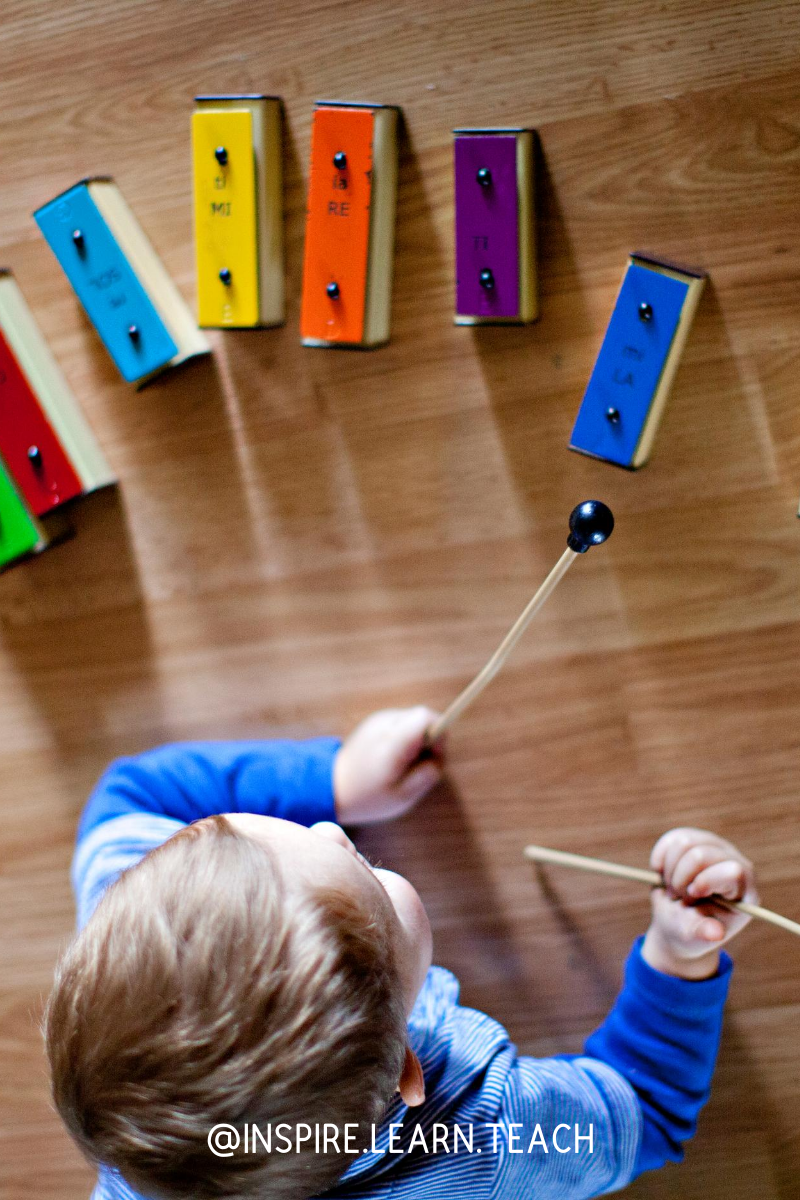Learning at home: Waldorf
Waldorf education is an alternative educational approach, founded by Rudolf Steiner, so you may also see it referred to Steiner education. Steiner, an Austrian philosopher, founded his first school in 1919 aiming to promote a deep and positive change in society. The Steiner approach then contrasted education and still does at times as it centres on the inner develop of the individual through their relationships with others and the natural environment. There are several reoccurring themes within a Waldorf education with a focus on relationships, the arts, the imagination and nature educates the whole child: “the head, the heart and the hands.”
“There is only one difference between the play of the child and the work of the adult. It is that the adult adapts himself to the outer utility which the world demands; his work is determined from without. Play is determined from within, through the being of the child, which wants to unfold”
Be mindful that in reading about Steiner you may find some of his philosophies a little different to your own (including in reincarnation and karma, and that children were born in order to fulfill a particular destiny) but you don’t need to believe these philosophies to benefit from the core beliefs and ideals within Waldorf education within the home environemnt.
Key principles for the Waldorf Home
Rhythm and Routine. To make a routine which is the same every day, gives the child rhythm. Rhythm has a natural order and returning to it provides safety and trust. This allows children to develop and strengthen their abilities for self-control and this provides space for creative play to occur.
Breathe in and Breath out. Key to establishing a rhythm is mixing your time between activities that allow us to breathe in (gather ourselves and make connections) and breath out (engage, explore, communicate). The breathe in stage is where intentional adult directed learning can occur throughout the day, while the breathe out space is for social activities, running and free play. Balancing these allows for balancing of energy and filling up each other’s cups.
Nature. Nature is interwoven into so many aspects of Steiner education, with children developing a deep respect for nature by not only being outside but also discussing nature regularly through singing, poetry, music and art. You will also find nature tables within most Waldorf classrooms for children to engage with natural resources even when indoors.
Imitation. Children imitate peoples’ words and actions but also their inner thoughts so it’s not just what we do but how we do it that children learn what we value and to value work and things themselves
The Arts. Emphasis is on the arts, nature and imagination as this allows children to express and refine their feelings; integrate different kinds of learning (cognitive, emotional, spiritual, and physical); nurture and engage the imagination; promote creativity. A key idea with this is for children to focus on the process here and to immerse themselves in this as this builds up the brain and creates connections with learning.
Parenting in the Waldorf Home
Children need Lots and Lots of unstructured play. Between birth and 7 years old play based learning is key, this is open ended materials, process focused and unstructured child led deliciousness.
Fairy Tales and telling stories is important. Special time in the day set aside for storytelling. It is interesting to note, however, that Waldorf teachers usually do not read stories to their students. They memorize the stories beforehand, so that as they tell them to the children they can really focus on the story telling aspect.
Your child does NOT need to read and write by the age of 3. Until children are around age 7, Steiner theorised, they aren’t ready for more formal reading and writing lessons. Then, they start learning language more methodically. Children will do things as they want to, trust in them and they will show you when they are ready.
Children can be trusted with dangerous things. Supervised children can be trusted with dangerous items. Teach them how to use these things with caution and care and let your child use a butter knife, chop items for dinner and participate in daily life.
Want more information?
Research
A warning on Steiner Education. This controversial philosophy is unpacked here in terms of what makes it controversial and linking it to Australian standards.
A complementary theory of learning in Waldorf pedagogical practice. The paper builds on existing theories of learning within the Waldorf discourse and outlines a complementary theory of learning formulated in a series of propositions that can be used as heuristic concepts to investigate practice
Uncommon Schooling: A Historical Look at Rudolf Steiner, Anthroposophy, and Waldorf Education. This is an older article but breaks down the history of Steiner education and examines Steiner’s original writing.
Social Media
Love some Pintrest ideas? I have set up a board and saving my favourites here.



